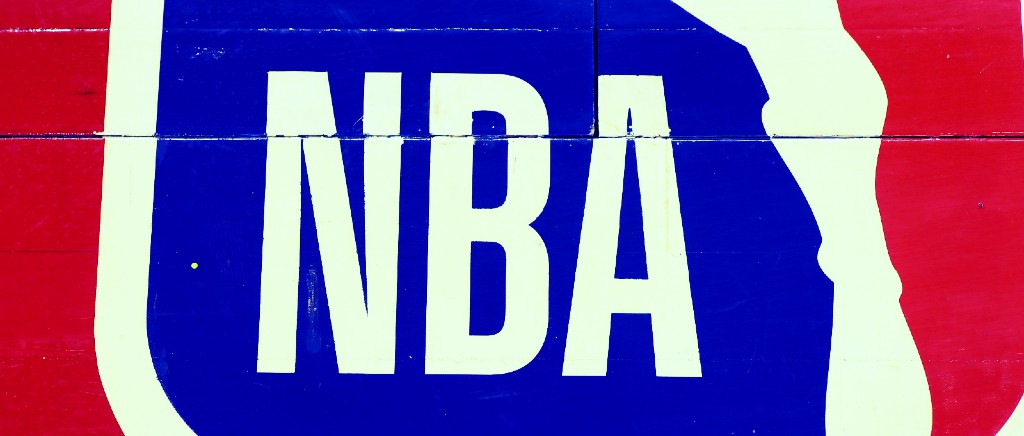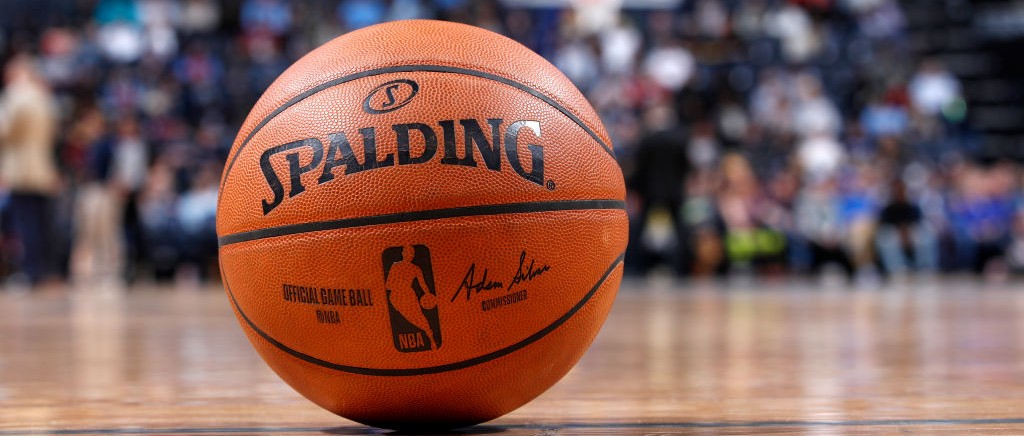
For each of the last two summers, the NBA has taken a contingent down to Disney World in Orlando. That, of course, is happening this summer as well, with 22 NBA teams in the Disney Bubble to try and play out the end of the 2019-20 season.
But while that’s going on, the NBA’s usual August trip to Disney is going on remotely. The league announced last month that the Jr. NBA Global Championship — which features 16 boys and girls teams, eight from the United States and eight from around the world — will go all-virtual this year. On the court, this means competing in virtual basketball competitions in a bracket-style tournament to crown world champions. Off the court, this means virtual sessions designed to take the athletes away from basketball and educate them on issues off the court and much more.
“It’s looked different than it has in previous years, but we’ve been able to achieve a lot of the same goals, to deliver strong, memorable, and developmental experiences connected to the game of basketball for thousands of young people around the world, and we’ve been able to retain what we think of as the four pillars of the Jr. NBA Global Championship.” David Krichavsky, the NBA’s Head of Youth Basketball Development, told Dime over the phone. “First, the on-court competition, secondly, life skills and leadership development training, third, community service and community engagement, and then fourth, creating these enriching cross-cultural experiences for young people. And through various innovations, we’ve kept all four of those pillars, which we’re really proud about.”
The tournament came to an end on Tuesday, when the team from Asia-Pacific was crowned the boys’ champion and the Latin America squad came out on top among the girls. Thanks to their wins, the two sides the opportunity to celebrate with the previous two champions — the boys from the U.S. West region and the girls from the U.S. Central region, respectively — by virtually sitting courtside for a pair of games on Tuesday. The two girls teams (along with the 2019 runners-up from Canada) will get to check out Blazers-Mavericks at 6:30, while the boys will watch Pelicans-Kings at 9.
Getting to this point was, understandably, quite the undertaking. The ball got rolling back in March on a number of initiatives — including the Jr. NBA At Home program — with an eye on how virtual programming could make all of these normally in-person events happen. When it came to the Global Championship, Krichavsky says the league was steadfast in making sure something could happen, even in our current COVID-19 reality.
“I think we feel a responsibility to the Jr. NBA community, and particularly in our current context, we think it’s more important than ever to stay connected and to provide fun opportunities for those that love the game,” Krichavsky says. “And so knowing that we could have success virtually and knowing that young players really relied on us for best-in-class programming, we were committed to bringing this tournament to life.”
This involved relying on the HomeCourt app as a way to foster competition between teams while they’re at home. In various skill competitions, the 500 or so 13 and 14 year olds compete in challenges like shooting, ball handling, and sprint speed with points accrued for speed and aptitude. Those points are added up across teams, which leads to winners advancing in a single-elimination tournament.
These games are only part of the championship. Off the court, conversations with current and former NBA and WNBA players have been a tentpole, and unsurprisingly, the conversations that have occurred this year have centered around the myriad of societal issues that everyone experiences.

“Here in the U.S. — or U.S. and Canada, we did together — we had Coby White of the Chicago Bulls and Napheesa Collier of the Minnesota Lynx last week do a session with young athletes about their experiences during COVID-19, how they’ve found their voices on issues of social justice, how young athletes can engage on broader social issues,” Krichavsky says. “And so it was a really rich and valuable conversation. And we saw the way that the kids really listened to these professional athletes. And we’ve done similar sessions around the world. In Africa, Dikembe Mutombo led a session. Greivis Vasquez in Latin America. Bruce Bowen, with more than a 1,000 players in our program in India. I believe Robert Horry in Asia-Pacific.”
It is not always easy to have these kinds of heavy conversations with children, and Krichavsky believes it helps for them to see that the issues impacting them also impact professional athletes. With White and Collier specifically, the conversation started with 60 children, but eventually got pared down to breakout groups with 10 young hoopers and one professional that involved “really candid conversations and some real sharing of personal information, of what people’s experiences have been in recent weeks and recent months.”
Community service and cross-cultural engagement are the final pillars of the experience. While the former isn’t a hands-on community service project this year, the players involved this year created pieces of art that exhibited what global unity and social change means to them. It was turned into a mural that will hang in the New Image Youth Center in Orlando. And on the latter, the Jr. NBA has taken a page out the league’s book and created a virtual campus for young athletes.
“It’s an interactive and immersive world where Jr. NBA players, represented digitally as avatars, have had a chance to go onto this virtual campus over the past several days and engage in all sorts of different, fun, engaging educational experiences with their peers from around the world,” Krichavsky says. “So it’s been really cool to see there’s well-known DJs performing. There’s guest appearances from NBA and WNBA player. There’s unique digital content, virtual instructional clinics.”
All of this has made for a unique experience. Like most things that have happened in 2020, the Jr. NBA Global Championship were interrupted, but those behind it figured out creative solutions to make something happen. The hope, of course, is that when the 2021 Championship rolls around, the August basketball taking place in Disney won’t be because the NBA season was altered by a global pandemic.
Still, this doesn’t mean there’s nothing to take away from this unique operation and apply it going forward.
“Regardless of what shape our events take going forward, the way that we’ve been able to engage young people through virtual programming, the way that we’ve been able to expand our reach in a global fashion, the way that we’ve been able to embrace technology, as I said before, we never anticipated having virtual basketball competitions,” Krichavsky says. “We never anticipated needing a virtual campus and creating an immersive virtual world as we’ve done for young people this year. These are experiences that have been extremely valuable in that we would look to recreate in future years, regardless of how robust our encore programming is.”
